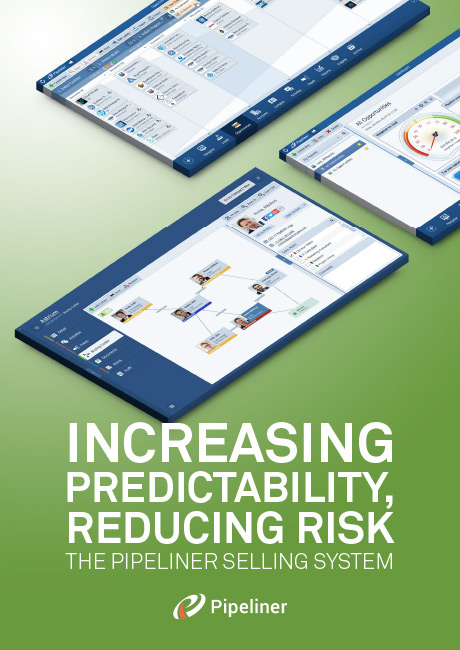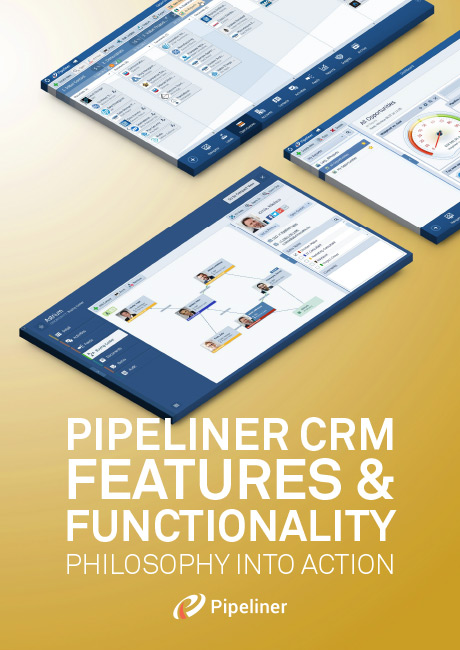Cooperation with Customers is crucial for success
The final stage of the Pipeliner Selling System is Cooperate. It corresponds directly to the Advocate stage of your buyerBuyer A buyer is an individual or organizational entity that purchases a product or subscribes to a service.’s journey.
Ideally the dynamic of the relationship, in this stage, has changed from that of vendor-buyer to much more of a partnership. You’re no longer selling to that buyer—you are that buyer’s partner in continuously helping their company succeed. One very key reason for doing so is that the better your buyer (and other contacts at the company) succeed, the more your productProduct Product refers to anything (an idea, item, service, process or information) that meets a need or a desire and is offered to a market, usually but not always at a price. or service is going to succeed at that company. This is also true for any additional products or services you provide to them.
A Continuing Understanding
Your keen understanding of the customerCustomer Customer is an individual or an organization that purchases a product or signs up for a service offered by a business. and their needs has been part of these stages from the beginning. But as you’ve already seen, it doesn’t end with the close—in fact the close was just the beginning of an entirely new cycle.
Your understanding must now take place on an ongoing basis. This understanding can be gained through actions such as:
- MetricsMetrics Metrics are quantities that are measured and used to:: You can put various metrics in place to ensure the customer is actually using the product, and benefiting from it.
- Milestones: You can set up various milestones for proactive ways to connect and collaborate with the customer throughout the lifetime of their engagementEngagement Engagement is the state or process of keeping a specific class of audience (employees, management, customers, etc.) interested about a company or brand and invested in its success because of its perceived relevance and benefits to the audience. with you.
- Check-in calls: One form of reaching out is regularly schedule check-in calls. These calls should not simply be to get an order for more licenses or sell the customer another product; you’re finding out all-around how it’s going with your product or service and their company in general.
- Quarterly business reviews: Quarterly business reviews are a good barometer of how your product or service is helping customers meet their targets and quotas, or even how an additional product or service from your company could help them even more.
Get the Most Out of Pipeliner CRM
We believe in the power of CRM and we believe in the power of education. Make informed decisions and get the most out of CRM by educating yourself about the possibilities!
You can visit our CRM Sales Reference Library and download all e-books for free!
Monitoring Changes
A company is a dynamic entity, constantly changing. In any communication to your customer, you should be validating their original reasons for purchase in the first place, and finding out what might have changed. “Here are the reasons why you initially wanted to buy this product. Is it still meeting those needs? Have those business needs changed?” Just because somebody buys your product to solve a certain problem today doesn’t mean that in 6 months it will still be the same problem they need to solve. Or, perhaps your product solved it, but now they have another issue.
As we find out in the 6 Fundamental Principles Found in Pipeliner CRM, there is often a hidden opportunity within every change—if you watch for it. Always stay well-informed, and be ready to bring value at different moments. There are assets and tools that you can share at different times to help them.
Your Contacts
We’ve all heard stories in which the champion of a certain product leaves—and the product dies on the vine.
Changes also apply to personnel. People change jobs, roles, they move around. It’s incredibly important that you keep up with these changes and understand what they mean within the organizationOrganization Organization is a cohesive group of people working together and formally bound by a shared identity (e.g., one team, company, club, etc.) and a common purpose (e.g., business growth, athletic victory, etc.). and to your product or service. Who is the owner of it now? If one of your key contacts moves out into another job, how do you ensure that there is a nice handover and that they’ve introduced you to the right person so you can bring them up to speed?
These are things that can make or break a clientClient A client is an entity who pays another entity for products purchased or services rendered. Also called a customer. relationship. We’ve all heard stories in which the champion of a certain product leaves—and the product dies on the vine. A new person comes in and has no interest in it because there was no process of managing that handover. So this is definitely another key reason to maintain a regular, smooth relationship with the client.
The End Goal: Advocacy
If done right, where does all this leadLead Lead refers to a prospect or potential customer (who can be an individual or organization) that exhibits interest in your service or product; or any additional information about such entity.? Well beyond just asking them to be a reference or write a review of your product—you’re ensuring great repute in the conversations they have when you’re not in the room; when, for example, someone connects to them on LinkedInLinkedIn LinkedIn is a social network for the business community. and asks them about your product or service.
At the end of the day, that’s where the real money is: the reference that they’re giving you that you never know about, that’s not done in public, that’s privately done in networking venues whether online or off. And that is where you move them from being a Customer to being an Advocate.
We will only advocate for people who have somehow made our lives better—that’s why your investment in the Cooperate phase is absolutely crucial.











